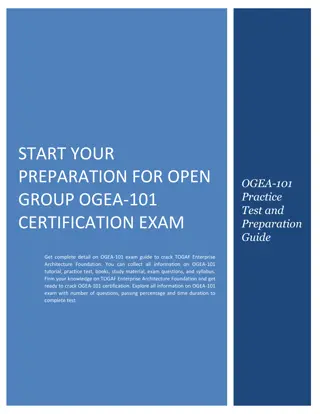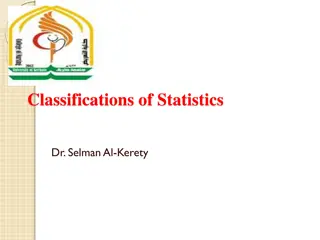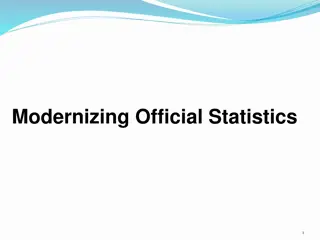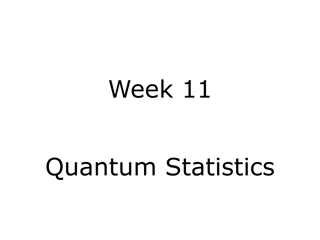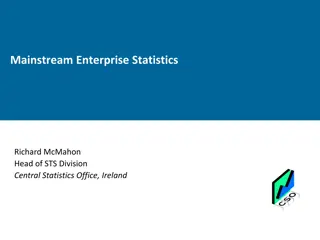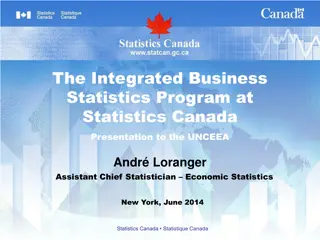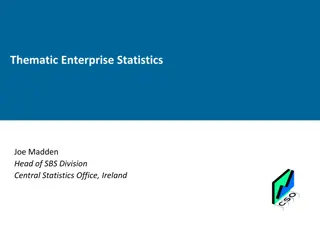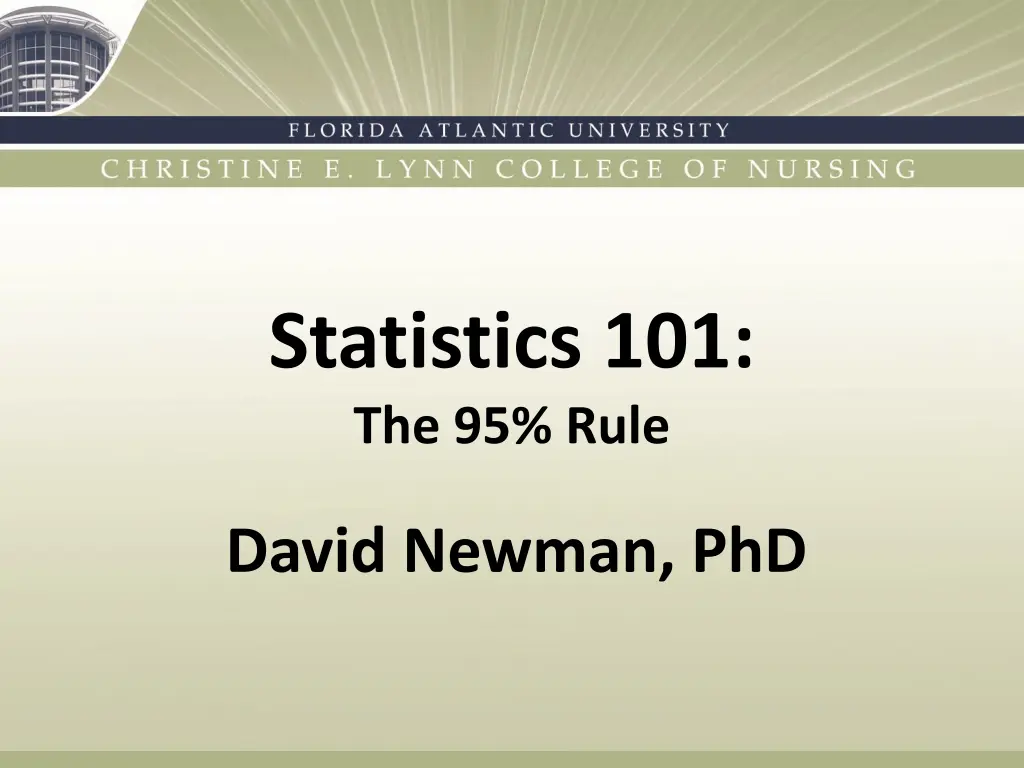
Understanding Statistical Analysis Techniques: A Comprehensive Guide
Explore the fundamentals of statistics, including the 95% rule, levels of data, questions to ask when conducting analysis, converting to r, and practical applications of statistical tests like t-tests, ANOVA, and linear regression.
Download Presentation

Please find below an Image/Link to download the presentation.
The content on the website is provided AS IS for your information and personal use only. It may not be sold, licensed, or shared on other websites without obtaining consent from the author. If you encounter any issues during the download, it is possible that the publisher has removed the file from their server.
You are allowed to download the files provided on this website for personal or commercial use, subject to the condition that they are used lawfully. All files are the property of their respective owners.
The content on the website is provided AS IS for your information and personal use only. It may not be sold, licensed, or shared on other websites without obtaining consent from the author.
E N D
Presentation Transcript
Statistics 101: The 95% Rule David Newman, PhD
Levels of Data Nominal Ordinal Interval Ratio Binary--- The Magic Variable Categorical Continuous
Questions To Ask 1. Are you testing the differences between groups or across time? T-test (Independent and paired sample) / ANOVA (ANCOVA, RM ANOVA) 2. Are you testing relationships between variables? Correlations/ Multiple Linear Regression 3. How many dependent variables (DV)? 1= Univariate/ 2= Multivariate 4. How many independent variables (IV)? T-test Vs ANOVA and Correlation Vs Multiple Linear Regression 5. What is the level of data for the DV & IV Paramedic Vs Nonparametric
Converting to r Calculating Effect Size in Terms of r from Various Test of Statistical Significances Note. 2 = chi-square. N = sample size. df = degrees of freedom. Test of Significance Effect Size r ( 2/( 2+N))1/2 2 z/N1/2 Z (t2/(t2+(n1+n2-2)))1/2 t r=(F*dfn/(F*dfn+dfd))1/2 F
The Only Fromula You Need Y= 0 + 1(Predictor 1) + 2(Predictor 2) n(Predictor n) + e Y=mx+b
Independent t-test Not significant So equal variance assumed t(44)=-1.46 t-test was not significant p=.151 (t-tailed)
Paired Sample t-test 3 Significant correlation. p<.001 T(75)=-12.212 Mean Difference from
Paired Sample t-test 2 Significant correlation. Mean Difference from
ANOVA - 2 Click on Post Hoc Select LSD & Bonferroni
ANOVA - 3 Click on Options
ANOVA -4 Click OK
ANOVA-5 Non-significant Levene s test for equal variances GOOD Statistically Significant [F(2,73)=17.95, p<.001] But which Caseworkers are significantly different?
ANOVA-6 CW 1< CW 2, CW 1 < CW 3, CW2> CW 3



